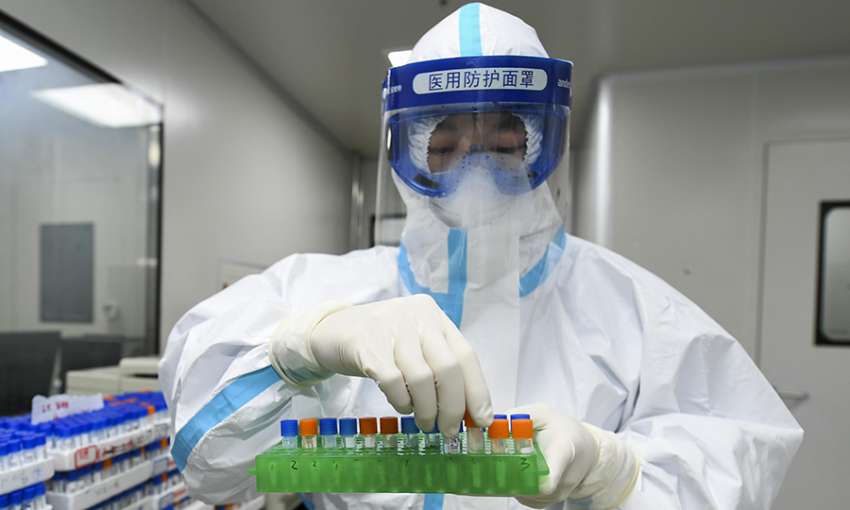Agencies
New Delhi, November 29:
Scientists have used nanopores (extremely small pores) and electric current to devise a new method to identify viruses. The method will be a breakthrough in new, fast and accurate tests for the coronavirus disease (Covid-19), they claimed.
The study describing the new method has been published in the journal ACS Sensors.
The study demonstrated a new system for identifying single virus particles using an algorithm trained to detect changes in the current passing across silicon nanopores. The team of scientists include those from Osaka University in Japan, it further reported.
The scientists used a layer of the compound silicon nitride – just 50 nanometres thick – with nanopores added, for the study. The layer was suspended on a silicon wafer and when a voltage difference was applied to the solution on either side of the wafer, ions travel through the nanopores in a process called electrophoresis.
According to the study, the motion of the ions can be monitored by the current they generate, and when a viral particle enters a nanopore, it blocks some of the ions from passing through, leading to a transient dip in current. Each dip reflects the physical properties of the particle, such as volume, surface charge, and shape, the scientists said, adding that the method can be used to identify the kind of virus.
The research team combined single-particle nanopore sensing with artificial intelligence to determine the identity of new samples and were able to achieve highly accurate identification of multiple viral species, senior author of the study, Makusu Tsutsui. Coronaviruses, due to their spiky outer proteins, are especially well suited for this technique, researchers said.
“This work will help with the development of a virus test kit that outperforms conventional viral inspection methods,” said Tomoji Kawai, another co-author of the study.




